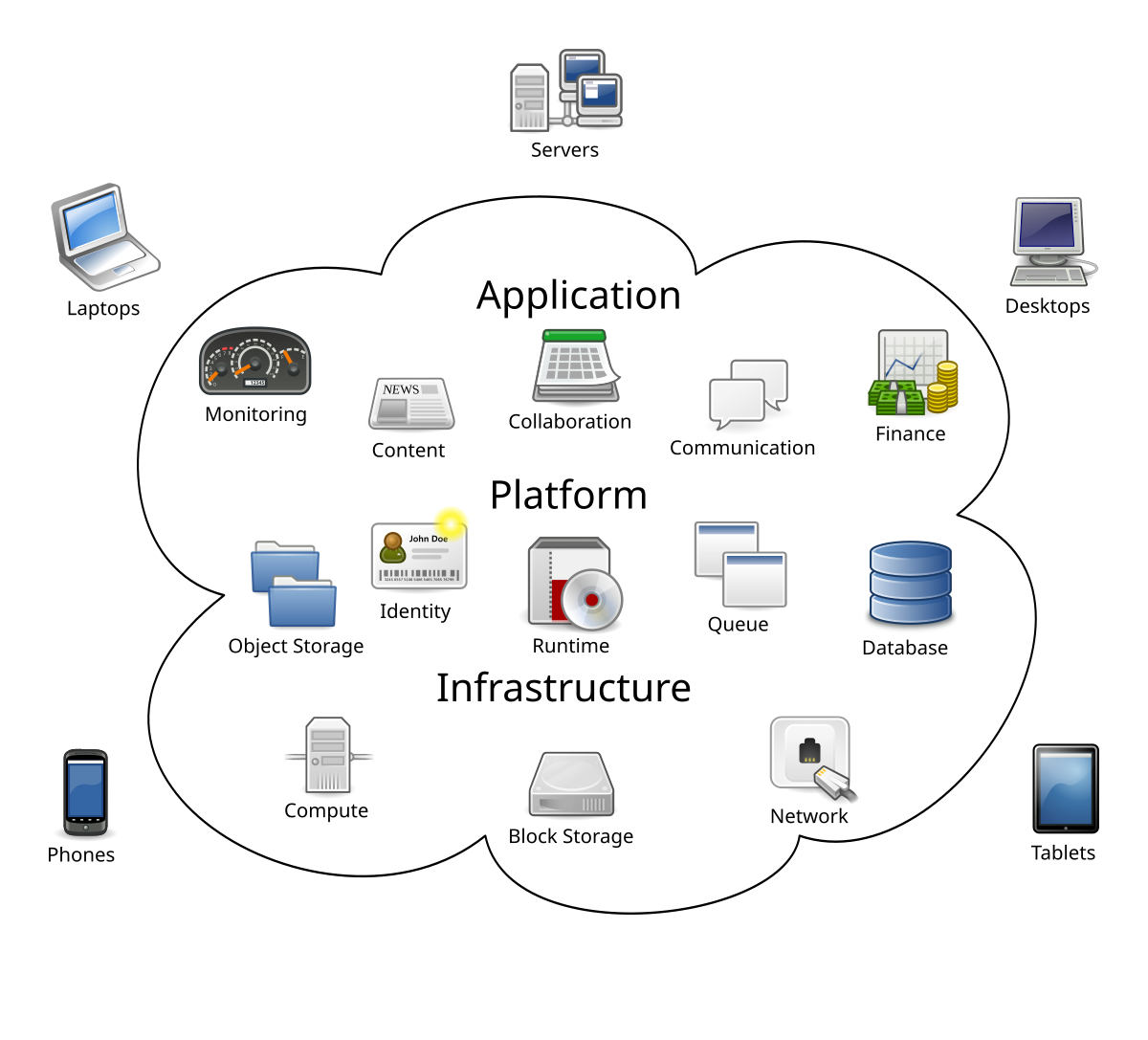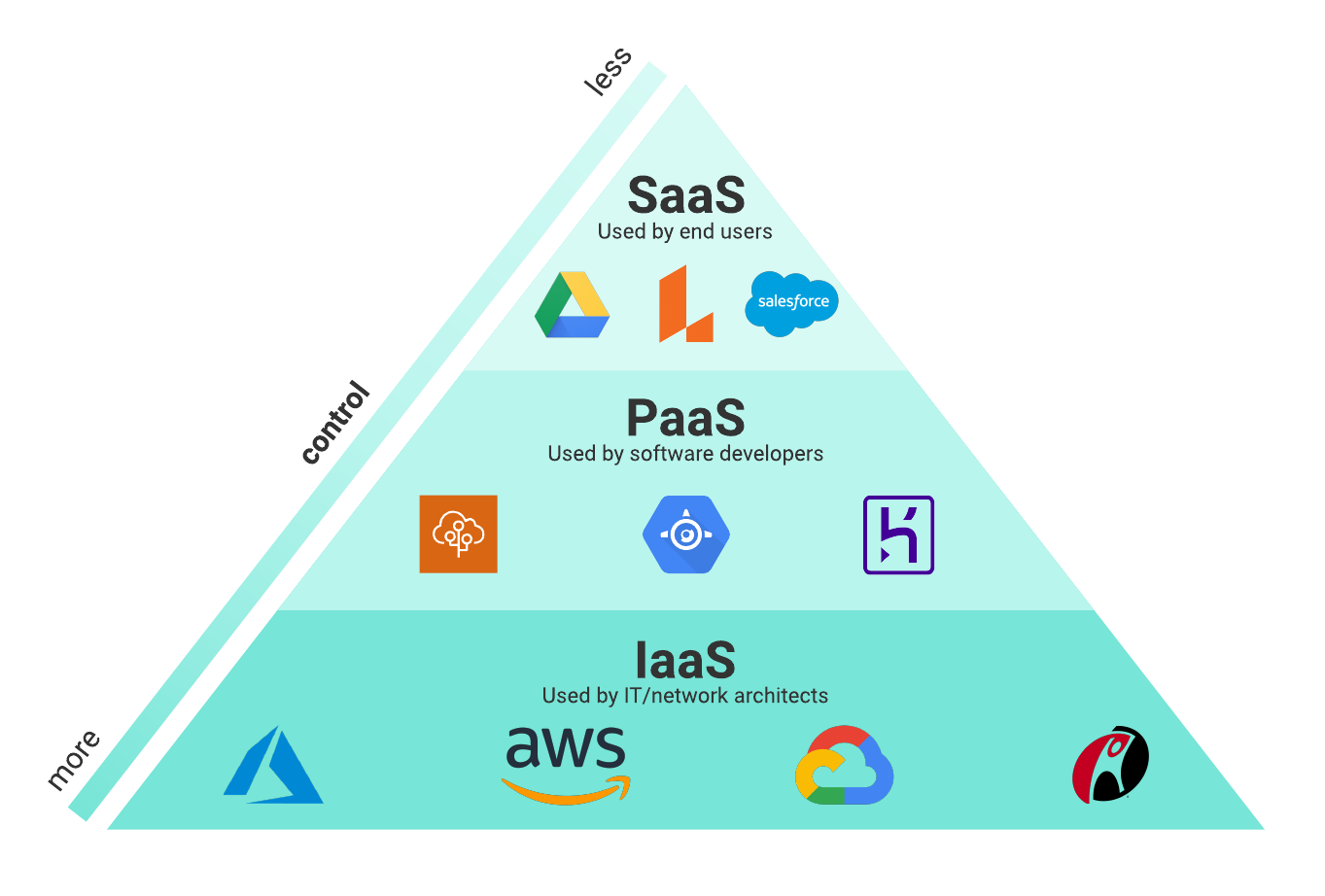Drive Advancement: Taking Advantage Of the Power of Cloud Services
In the hectic landscape of modern-day business, harnessing the power of cloud services has come to be an important aspect for organizations intending to drive technology and keep an one-upmanship. The ability to range sources dynamically, adopt cutting-edge technologies flawlessly, and simplify advancement processes successfully can dramatically influence an organization's capacity to adjust and innovate. As we check out the complex connection in between cloud services and innovation, fascinating insights on just how cloud options revolutionize conventional service practices and lead the way for groundbreaking innovations will be disclosed.
Advantages of Cloud Services
Cloud solutions use numerous benefits to individuals and organizations seeking efficient and versatile solutions for their digital demands. One of the crucial advantages of utilizing cloud solutions is the cost-effectiveness they provide. By relocating to the cloud, companies can eliminate the requirement for pricey on-premises hardware and upkeep expenses, instead choosing a pay-as-you-go model that aligns with usage. This scalability enables organizations to readjust resources based upon demand, leading to optimal price administration.
Moreover, cloud solutions boost accessibility and collaboration among teams. With data stored in the cloud, workers can safely access data and applications from anywhere with a web connection, advertising remote job capacities and increasing efficiency. Real-time partnership functions allow several users to work with files concurrently, cultivating smooth synergy regardless of physical area.
An additional benefit of cloud services is the enhanced data security and disaster recovery they use. Cloud carriers apply innovative protection steps to protect data from cyber hazards, making certain conformity with market policies. In addition, automated back-ups and healing services decrease the danger of data loss due to unpredicted events, offering comfort to customers.
Cloud Movement Approaches
Transitioning to cloud services involves precise planning and tactical execution to guarantee a smooth and effective migration procedure. There are a number of cloud migration techniques that organizations can take into consideration when relocating their operations to the cloud. The 'Replatform' strategy involves making some cloud optimizations throughout movement, such as updating the application style to take advantage of cloud-native attributes.
Enhancing Collaboration in the Cloud
Enhancing team partnership through cloud-based devices can significantly improve productivity and improve interaction within organizations. By leveraging cloud services, teams can function together flawlessly regardless of their physical locations, allowing real-time collaboration on tasks. Cloud-based communication tools such as Slack, Microsoft Teams, or Google Work area provide a central system for staff member to share files, exchange concepts, and coordinate go to website tasks successfully. These tools use functions like immediate messaging, video clip conferencing, file sharing, and task monitoring, enhancing teamwork and decreasing dependence on standard interaction methods like e-mails.

Safety Factors To Consider for Cloud Fostering
Just how can companies guarantee the durable safety of their information when taking on cloud solutions? Security considerations are critical in the adoption of cloud solutions. Routine protection audits and monitoring of the cloud environment help in finding and minimizing any kind of security violations promptly.
Cloud-Native Development Practices
In the world of cloud computing, welcoming cloud-native development practices is vital for organizations making every effort to maximize their digital infrastructure and improve functional efficiency. Cloud-native advancement techniques involve establishing applications especially for cloud environments, leveraging the scalability, versatility, and dexterity that cloud services use. Deliberately applications with cloud-native principles in mind, such as microservices style, containerization, and orchestration, companies can improve their development processes, boost resource usage, and react better to changing market needs.
Moreover, cloud-native development techniques advertise constant combination and continual shipment (CI/CD) pipes, enabling automated testing, implementation, and tracking of applications. This repetitive strategy cultivates faster innovation cycles and enhances general software program quality. Additionally, making use of serverless computer and took care of solutions enables organizations to focus on developing core company performances while offloading facilities administration jobs to shadow solution companies.
Fundamentally, embracing cloud-native technology methods encourages organizations to drive development, increase time-to-market, and remain competitive in today's rapidly evolving electronic landscape.
Verdict

As we discover the complex relationship between cloud solutions and development, fascinating insights on just how cloud services transform standard business methods and lead the way for groundbreaking innovations will be exposed. - linkdaddy cloud services
There are numerous cloud migration methods that companies can think about when relocating their procedures to the cloud. Cloud-native technology methods entail developing applications particularly for cloud settings, leveraging the scalability, adaptability, and agility that cloud solutions provide. Furthermore, the usage of serverless computer and managed services enables organizations to focus on establishing core organization capabilities while offloading infrastructure administration jobs to shadow solution carriers.
It is vital for firms to take into consideration cloud migration techniques, improve cooperation in the cloud, and focus on safety and security steps to make sure effective fostering of cloud solutions and drive technology within their company.